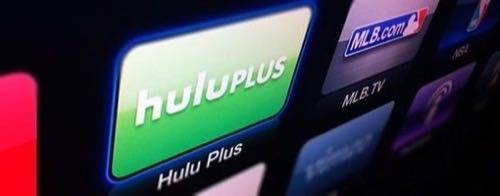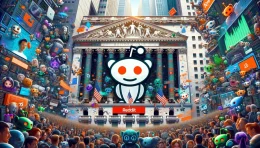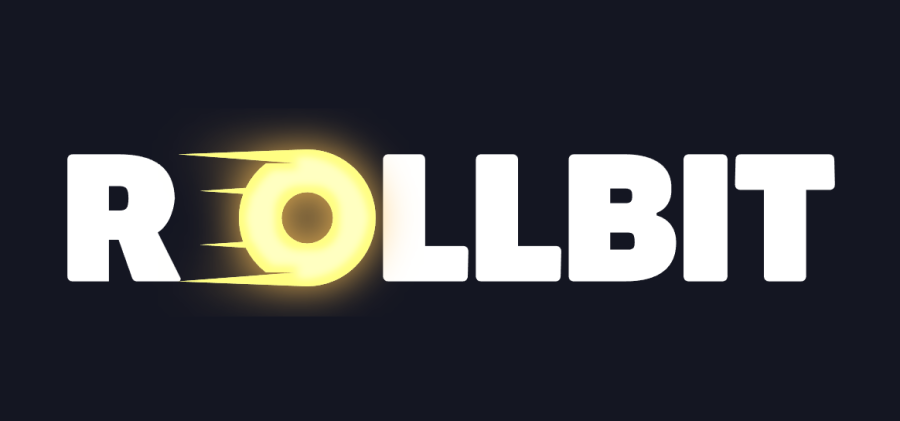
Well, so much for that. Once upon a time, 2012 was supposed to be the year that Apple made its big splash in television, as foretold by Steve Jobs’ declaration that he had “finally cracked it.” While the company may have nailed down a stellar user interface and product design, agreements with cable providers have been harder to come by.
Whether it comes in the form of a set-top box, Apple wants to merge TV with Web video in a way that hasn’t yet been done, and toss in DVR functionality as well. Apparently, Apple’s vision doesn’t match up with what cable companies would prefer, according to a report by Bloomberg. Also at issue is whether a cable-equipped set top box would be rented out by pay TV providers or sold to consumers directly, as the current Apple TV box is.
The tension demonstrates just how intent big cable is on preserving its legacy business, which continues to be a profitable one, even as a small percentage of TV viewers cut the cord in favor of streaming online shows. The cable industry is in a less vulnerable position than major players in publishing and music, industries that have reluctantly joined Apple’s growing digital media marketplace.
Television is in the throes of an Internet-driven transformation, but cable and content companies aren’t taking the revolution lying down. After experiments with streaming shows for free, TV networks are requiring Web viewers to log in using their cable subscription details. Even the future of Hulu as an online alternative to cable is in doubt, as rumors of user authentication requirements circulate.

Big TV isn’t just restricting content and flexing its muscles in negotiations with tech giants. It’s also innovating. Unlike its counterparts in music and publishing, the TV industry has made its share of attempts at self-disruption. Earlier this year, Comcast launched StreamPix, a Netflix-style streaming service for cable subscribers that’s available on tablets and smartphones. Unlike stand-alone online video services, StreamPix is bundled exclusively with Comcast’s pay TV service. It’s not likely to attract many new subscribers, but it may help prevent existing customers from cutting the cord. Comcast has also been testing online streaming of live TV and aggressively developing tablet apps to ensure that its offerings are available on more than just the usual screen.
Until Apple can strike a deal with cable providers, its presence on TVs will be limited to its $99 streaming box, which the company famously referred to as a “hobby.” That box is limited to Internet-based programs, and it doesn’t offer nearly as many video sources as the competing Roku or Boxee Box. What saves the Apple TV is the ability to use AirPlay to mirror iOS devices and Mountain Lion desktops to the bigger screen. That feature brings pretty much any Web content to the TV screen, but what Apple is likely working toward is an experience that seamlessly merges cable with Web video, quite possibly in the form of a smart HDTV set. Whatever it is, rumors will have to suffice until sometime after the end of the year.





















